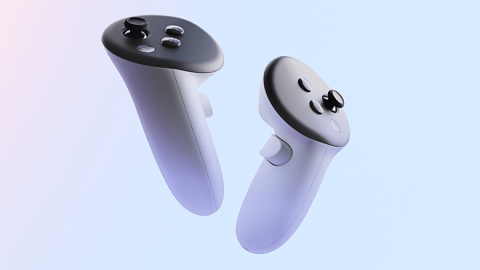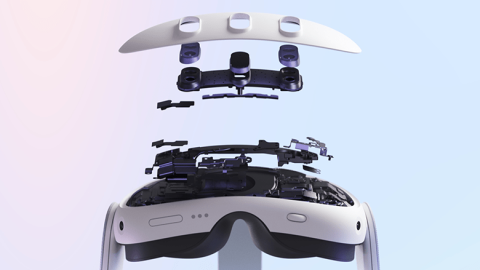
At long last, Meta has officially announced the upcoming release of the Meta Quest 3! There have been rumors off and on for the past year, and the release of the Meta Quest Pro caused some confusion as to which position it occupied. As it turns out, the Pro isn’t really part of the regular (read, consumer) lineup. The Pro is intended for high-end use in the enterprise world or for the most impulsive enthusiasts. The consumer lineup is the Quest, the Quest 2, and now the Quest 3.


Very few details were revealed, but lots of clues were given. We know that the new headset will be powered by the “next-generation Snapdragon XR chip”, possibly the as-yet-unannounced XR2+ Gen 2. For comparison, the Quest 2 uses the XR2 and the Quest Pro uses the XR2+ Gen 1 chip. The Quest Pro was a huge jump in performance from the Quest 2, so even if it’s the same chip for the Quest 3, it would be impressive. Given how they used that “next-generation” phrasing without naming a chipset, it seems likely it’s something newer, or possibly even custom.
The new headset has three oval shapes on the front. At the least, these likely house the full-color RGB cameras for passthrough and tracking, along with an all-new depth camera used for highly accurate controller, hand, and boundary tracking. It’s expected that this will allow for highly immersive augmented reality content overlaid around you. Though the Quest 2 can do this, the black-and-white cameras with their low-quality visuals make it mostly a novelty.
Without providing specifics, Meta claims their highest resolution display and pancake optics. If it’s true that this is their highest (meaning, compared even to the Quest Pro) I’ll be pretty excited. Pancake optics means a smaller optical package where the display can sit closer to your face thereby shrinking the front of the headset (they claim 40% slimmer). Rumors also include better control over IPD adjustments for less eye strain. They were also able to make the controllers trackable without the light rings so they look like they’ll be much more compact. A new feature of theirs, dubbed TruTouch haptics, implies more than just vibrating from time to time. Better haptics could conceivably simulate the touch of hard versus soft surfaces among other things.
The most exciting thing about this updated headset is its price. Though the current Quest 2 is selling for $399 (US), the Quest 3 will debut at $499 coinciding with a price cut to $299 for the Quest 2 which they will continue to sell for now. Of course, if you’ve been paying attention, you’ll notice that until last year the Quest 2 was only $299 until a sudden change. Regardless, it’s welcome to see what appears to be pretty fair pricing to entice more people into VR.
I know that I’ll be first in line to try out the Quest 3 when it’s available. What are your thoughts? Feel free to leave comments below!

